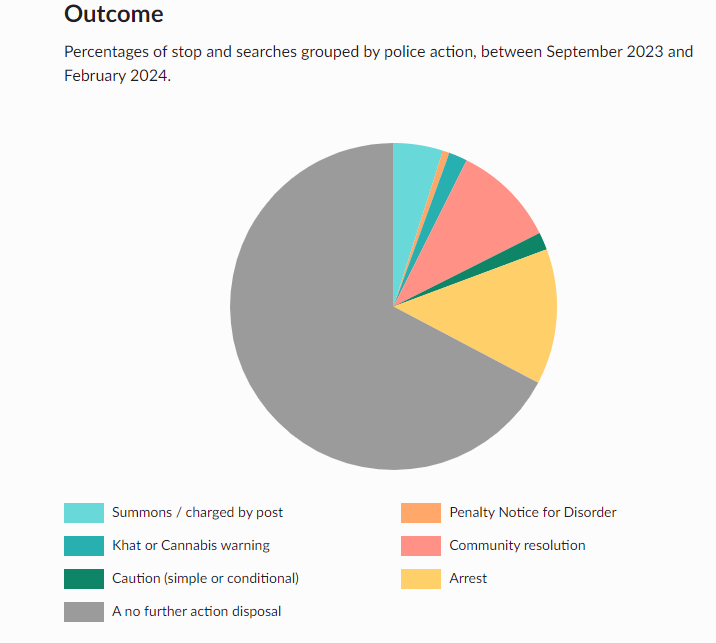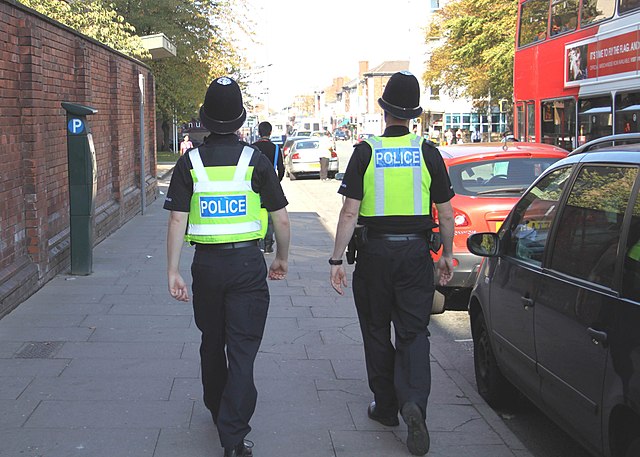New statistics reveal that black people are over three times more likely to be stopped and searched than white people in South Yorkshire.
The data collected from September 2023 to February 2024 revealed that people who identify as black have been stopped 9.7 times per 1000 residents, 3.8 times more than for people who identify as white.

Anthony Olaseinde, CEO of Youth Charity Always An Alternative, said: “If you’re black, you know the reason is because you’re black. There’s no other reason; they think that just because I’m black, I’ve got something that I shouldn’t have, whether it be drugs or a knife or something illegal. I think they just want to terrorise me, and that’s all it is; they just terrorise people.”
In response to the statistics, Chief Inspector Gareth Thomas, the force’s lead for stop and search, said: “We are improving our training around disproportionality to educate both student officers and experienced officers about issues in disproportionality in stop and search and reasonable grounds for stop searches.
“Our work continues around our Race Action Plan, which was developed by the College of Policing and National Police Chief’s Council (NPCC) and sets out changes across policing to improve outcomes for Black people who work or interact with policing.”
The effectiveness of the practice has been questioned as statistics revealed that 67% of the 5,909 stop and searches resulted in no further action. Only 13% of the stop and searches led to an arrest, with a mere 4% resulting in a charge.

Anthony Olaseinde said: “It’s a horrible experience. I’ve emptied out my pockets, and people are passing by, making you look like you’ve done something wrong. The police aren’t going to explain to them that you’ve not done anything wrong; it’s embarrassing. It’s horrible to go through, and I don’t wish it on anyone.”
South Yorkshire Police’s practices are reviewed by a bi-monthly stop-and-search scrutiny panel made up of members of the public. The panel reviews feedback and complaints and determines the best practices for using stop-and-search.

